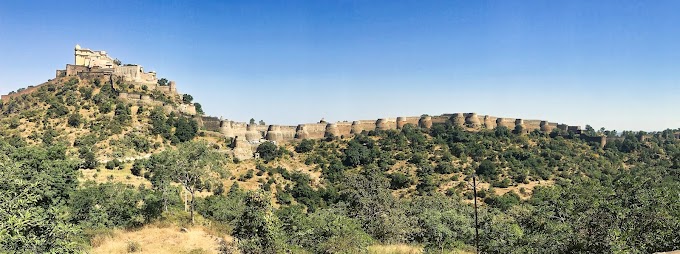Kodiak and grizzly bears, two of the most formidable predators in North America, have incredibly varied and adaptable diets that demonstrate their resilience and adaptability in the wild. By examining their caloric intake and dietary habits, we can better understand how large omnivorous animals, such as the legendary Bigfoot or Sasquatch, might also sustain themselves in the diverse ecosystems of North America.
Kodiak and Grizzly Bears: Similarities and Differences
Kodiak bears, a subspecies of brown bears, are native to Alaska’s Kodiak Archipelago. These bears can weigh between 600 and 1,500 pounds, making them some of the largest land carnivores on Earth. Grizzly bears, on the other hand, are slightly smaller but can still reach weights of 400 to 800 pounds. Despite their size difference, both species have similar omnivorous diets and share the ability to adapt to seasonal changes in food availability.
Diet: A Blend of Protein and Plant Matter
Both Kodiak and grizzly bears are opportunistic feeders. They rely heavily on protein-rich foods, such as salmon and small mammals, to build fat reserves during the summer and fall months in preparation for hibernation. However, their diets also consist of large amounts of plant matter. Bears consume berries, roots, nuts, and grasses, which provide essential vitamins and fibers, balancing their diet and meeting their nutritional needs.
In fact, a bear’s diet can be as much as 70% plant-based, especially during months when animal prey is less abundant. This ability to shift between animal and plant-based food sources allows bears to thrive in a range of environments, from coastal areas rich in salmon to inland forests filled with vegetation and small mammals.
Caloric Intake: Packing on the Pounds
The caloric intake of bears is staggering, especially during the months leading up to hibernation. Grizzly and Kodiak bears need to consume up to 20,000 calories per day during hyperphagia, a period in late summer and fall when they are actively preparing for winter. For comparison, the average human needs around 2,000 to 2,500 calories per day.
 |
| http://www.yellowstonegrizzlyproject.org/nutrition--diet.html |
Salmon, one of the most calorie-dense foods available to coastal bears, can provide up to 4,000 calories per fish, meaning a bear could consume tens of thousands of calories in just a few hours if the conditions are right. Berries, though not as calorie-dense as meat, are consumed in huge quantities and provide vital carbohydrates.
Grizzly bears living inland might rely more on small mammals, roots, or insects to meet their caloric needs. The diversity of food sources ensures that bears maintain their energy levels regardless of where they live, underscoring their status as highly adaptable omnivores.
What Does This Mean for Bigfoot?
The idea of a creature like Bigfoot or Sasquatch surviving in North America often raises questions about whether the land could support such a large omnivorous animal. If we consider the adaptability of Kodiak and grizzly bears—both of which can grow to over 1,000 pounds and survive on an omnivorous diet—it becomes plausible that a similarly sized creature like Bigfoot could also thrive in the wild.
Omnivorous Adaptability
Like bears, Bigfoot would need to be an omnivore, consuming a variety of plant and animal-based foods. North America provides a rich array of ecosystems, from the dense forests of the Pacific Northwest to the plains and mountains where food sources are abundant. This diversity of habitats would offer plenty of sustenance in the form of wild game, fish, nuts, berries, and edible plants, especially for a large, elusive creature capable of covering vast distances.
Caloric Needs of Bigfoot
If Bigfoot were comparable in size to a Kodiak bear—let's say 600 to 1,000 pounds—it would likely have caloric needs similar to those of large bears. During seasons of abundance, Bigfoot might consume large quantities of high-calorie foods, such as fish or wild game, while also supplementing its diet with berries, nuts, and other plant-based foods. Like bears, it could exhibit hyperphagia during certain times of the year, gorging to build up fat reserves for periods when food is less plentiful.
The adaptability that allows grizzly and Kodiak bears to survive in such varied environments supports the notion that a creature like Bigfoot, if it exists, could follow a similar dietary strategy.
Conclusion: Survival Through Adaptability
Both Kodiak and grizzly bears exemplify how large animals can thrive on omnivorous diets, allowing them to adapt to various habitats and food sources. The rich ecosystems of North America, with their ample plant and animal life, would also support a creature the size of Bigfoot if such an animal existed. By examining the dietary habits and caloric needs of bears, we gain insight into how large omnivores survive—and how the legend of Bigfoot could be rooted in the realities of nature.
The wild is a place of endless surprises, and whether through documented species like bears or the tantalizing mysteries of creatures like Bigfoot, survival always comes down to one thing: the ability to adapt.
.png)





0 Comments